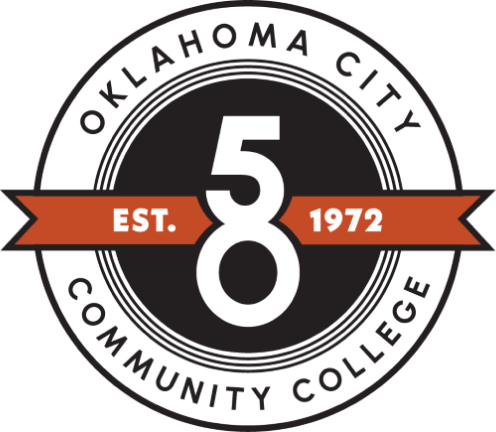Pandemic Guillain-Barr Syndrome (GBS)
Pandemic
- 2009 H1N1 Flu (Swine Flu)
- Basic Components of Pandemic Flu Planning
- Checklists
- Disease, Prevention, Preparedness
- Frequently Asked Questions
- Good Health Habits for Preventing the Flu
- Guillain-Barr Syndrome (GBS)
- H1N1 Influenza Vaccine FAQ’s
- Helpful Links
- Individuals & Families Planning
- Key Facts about Influenza (Flu) Vaccine
- Oklahoma State and Local Planning
- Oklahoma State and Local Planning & Response Activities
- Pandemic Flu Planning
- Ten things you need to know about pandemic influenza
- Terms and Facts
- The Great Pandemic of 1918
- What is a pandemic?
Guillain-Barr Syndrome (GBS)
What is GBS?
Guillain-Barr (pronounced ghee-YAN bah-RAY) syndrome is a disease in which the body damages its own nerve cells (outside of the brain and spinal cord), resulting in muscle weakness and sometimes paralysis. GBS can last for weeks to months. Most people eventually recover completely or nearly completely, but some people have permanent nerve damage and between 5% and 6% of people who develop GBS die. GBS affects people of both sexes and all ages, and has been reported in all races.
What causes GBS?
It is thought that GBS may be triggered by an infection. The infection that most commonly precedes GBS is caused by a bacterium called Campylobacter jejuni. Other respiratory or intestinal illnesses and other triggers may also precede an episode of GBS. In 1976, vaccination with the swine flu vaccine was associated with getting GBS. Several studies have been done to evaluate if other flu vaccines since 1976 were associated with GBS. Only one of the studies showed an association. That study suggested that one out of 1 million vaccinated persons may be at risk of GBS associated with the vaccine.









